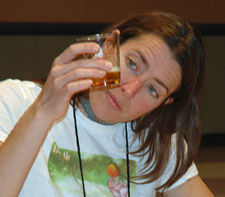 Before we get to the Slate three-part series on sensory perception and wine a few words of wit and wisdom on that topic from Lauren Salazar of New Belgium Brewing, who spoke Friday in Denver at the National Homebrewers Conference. (That’s her on the right, during a mock judging last year in Seattle, staged for the shooting of American Brew.)
Before we get to the Slate three-part series on sensory perception and wine a few words of wit and wisdom on that topic from Lauren Salazar of New Belgium Brewing, who spoke Friday in Denver at the National Homebrewers Conference. (That’s her on the right, during a mock judging last year in Seattle, staged for the shooting of American Brew.)
Things I learned I would have added to the earlier discussion here about the mysteries of how (and how we might measure what) we smell and taste:
– To those scientific types who argue that senses of sight, touch and hearing are concrete and smelling and tasting are not her answer is simple. “Yes they are,” she said. “Seeing is not believing. Smelling and tasting is where it’s at.”
– There a second “flavor” wheel (I put the quotation marks around flavor because we’re really talking flavor and aroma), this one just for byproducts of oxidation. If you’re sitting on a tasting panel at New Belgium and call out a beer for being oxidized you can’t stop there – you have to be more specific. This goes to quality control, and more about that in a few paragraphs.
– She presented four samples of Fat Tire dosed with chemicals that reproduce flavors such as acetaldehyde (green apples) and diacetyl (butterscotch; buttered popcorn at higher levels). Although we often cite these as off flavors when judging beer (there are even boxes to check on a BJCP scoresheet) they aren’t inappropriate in every beer.
A bit of green apple in Budweiser is part of its flavor profile. Hints, heck more than hints, of butterscotch make British ales taste like British ales.
“Diacetyl is one of the first words you learn (in judging beer),” Salazar said. “We are American brewers. We are paid to hate diacetyl. You know how much British brewers hate us for that?”
When I posted the flavor wheel last week, Jonathan wrote that the majority of the descriptors on the wheel don’t describe particularly pleasant flavors. Yep. And I think figuring out how to keep the good ones in and the bad ones out – sometimes in beer that is going to be shipped across the country and maybe mishandled along the way – is a craft.
During the lengthy discussions of “what is craft beer?” (start here) I’ve seen it suggested that Sierra Nevada Brewing and Stone Brewing were craft but no longer are because they grew into production breweries.
That’s poppycock. Both Sierra Nevada and New Belgium have new state-of-the-art bottling lines that will take your breath away, but we’re back to the early question: Is the Big Foot (or Mothership Wit) in the glass any different because it passed through a technically superior bottling line?
Salazar and her husband, Eric, oversee the New Belgium barrel program. La Foile is essentially hand bottled. That beer is something we expect from a great brewery.
Salazar also administers a quite sophisticated quality analysis program at New Belgium, with 24 tasters sitting on her in-house panels. A couple of months ago at the Craft (my italics) Brewers Conference Matt Gilliland of New Belgium talked about “Total Oxidation: Exposure and Increased Flavor Stability.” One measure of success is that after beer changes hands several times over the course a few weeks in the distribution system it is still “true to brand” in the glass.
That’s something else we expect from a great brewery.
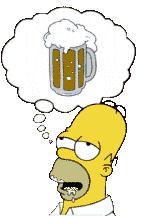 I looked up the word conundrum to make sure I was using it appropriately (a question or problem having only a conjectural answer). I already knew I couldn’t look up “craft beer” – thus the conundrum.
I looked up the word conundrum to make sure I was using it appropriately (a question or problem having only a conjectural answer). I already knew I couldn’t look up “craft beer” – thus the conundrum.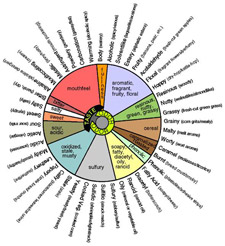
 This is the sort of “blast from the past” we all should appreciate.
This is the sort of “blast from the past” we all should appreciate.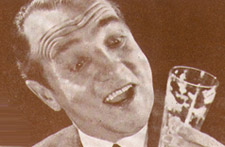 What if the American beer clock had stopped in 1962?
What if the American beer clock had stopped in 1962?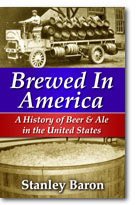 A quick aside: Beerbooks.com has reproduced
A quick aside: Beerbooks.com has reproduced